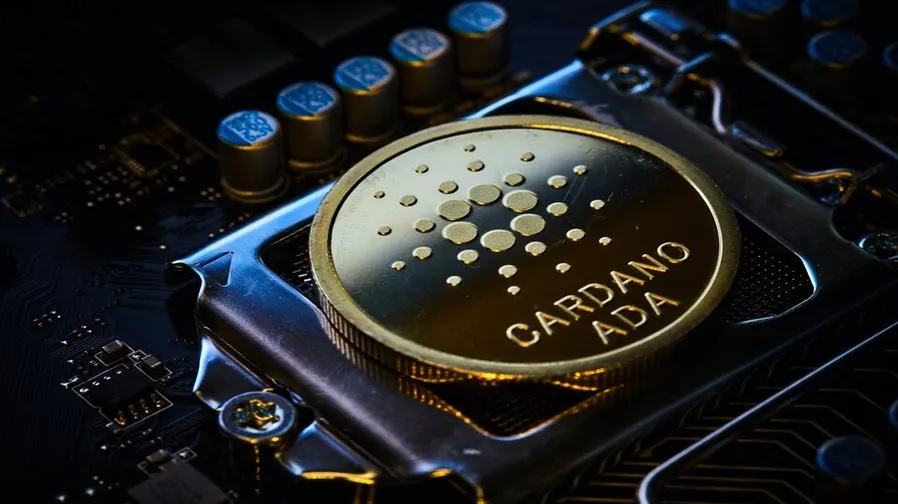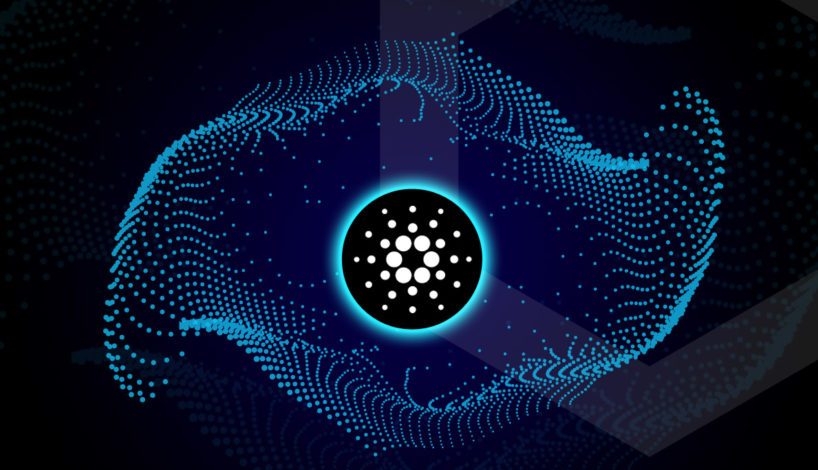Cardano (ADA), which we hear frequently in the crypto money world, is a blockchain-based proof-of-stake (PoS) platform. Aiming to enable “changers, innovators and visionaries” to contribute to positive global change, Cardano aims to “redistribute incalculable structures according to individuals and margins”. In this way, it aims to create a safer, more transparent, and fair society. Cardano was founded in 2017 and is named after 16th-century Italian scientist Gerolamo Cardano. The platform’s native token, ADA, is named after 19th-century mathematician Ada Lovelace, who is considered the world’s first female computer programmer. The ADA token is designed to enable its holders to participate in the operation of the network. Therefore, those who own the cryptocurrency have the right to vote for any proposed change to the software. The team behind the layered blockchain technology states that they have interesting use cases with their technology enabling the development of decentralized applications and smart contracts with modularity. Let’s see together!
Who Are the Founders of Cardano?
Cardano founder Charles Hoskinson is one of the co-founders of Ethereum. Hoskinson implemented this project in 2015 through his company called IOHK (Input Output Hong Kong). IOHK is a technology company that works on the development of the Cardano protocol and the advancement of the platform based on academic research. In addition, IOHK is working on various projects to ensure the development and sustainability of the protocol. It also focuses on education and academic work to support the growth of this ecosystem and facilitate community participation. Besides, other organizations play an important role in the ecosystem. Emurgo is one of the founding companies of this protocol and operates as a global blockchain technologies company. The Cardano Foundation, on the other hand, is a non-profit organization working to promote the platform and increase its adoption.

What is Cardano Foundation?
What Are the Features That Distinguish It from Other Ecosystems?
- Cardano’s technology has continually evolved with the contributions and review of the academic world.
- With the Shelley upgrade, Cardano became even more decentralized. It also enables the development of smart contracts and decentralized applications.
- With the Alonzo upgrade, Cardano supports NFTs, smart contracts, and decentralized exchanges.
- Cardano’s ambition to become a “Smart Contract Platform” allows it to challenge Ethereum’s competition.
Important Updates
Cardano (ADA) Tokenomy
- Maximum Supply: Its maximum supply is 45 billion ADA.
- Circulating Supply: At the time of writing, there are approximately 31 billion ADA in circulation.
- IPO: Five IPO rounds of Cardano tokens took place between September 2015 and January 2017.
- Distribution: Approximately 16% of the total supply is reserved for the project founders, and the remaining 84% is divided among the investors.
- Share of Founders: Approximately 16% of the total supply has been allocated to the founders of the project. 2.5 billion ADA was allocated to IOHK, 2.1 billion ADA to Emurgo, and 648 million ADA to Cardano Foundation.
- Innovation Fund: There is an innovation fund to support the development of Cardano and its projects. This fund promotes the growth of the ecosystem and contributes to the development of new projects.
The $ADA snapshots are as follows.
As a result, it stands out as one of the future blockchain protocols. The Ouroboros consensus protocol and layered architecture are key features that set it apart from other projects. Its goals and vision have the potential to transform the financial world. It is also important to carefully monitor future developments and their role in the industry. Indeed, it is a promising project for the future of blockchain technology. We hope to witness the success of
You can write us your comments on the subject. Also, if you would like to continue with such informative content, you can follow us on our Telegram, Youtube, and Twitter channels.


